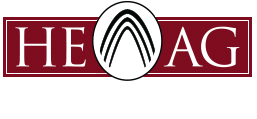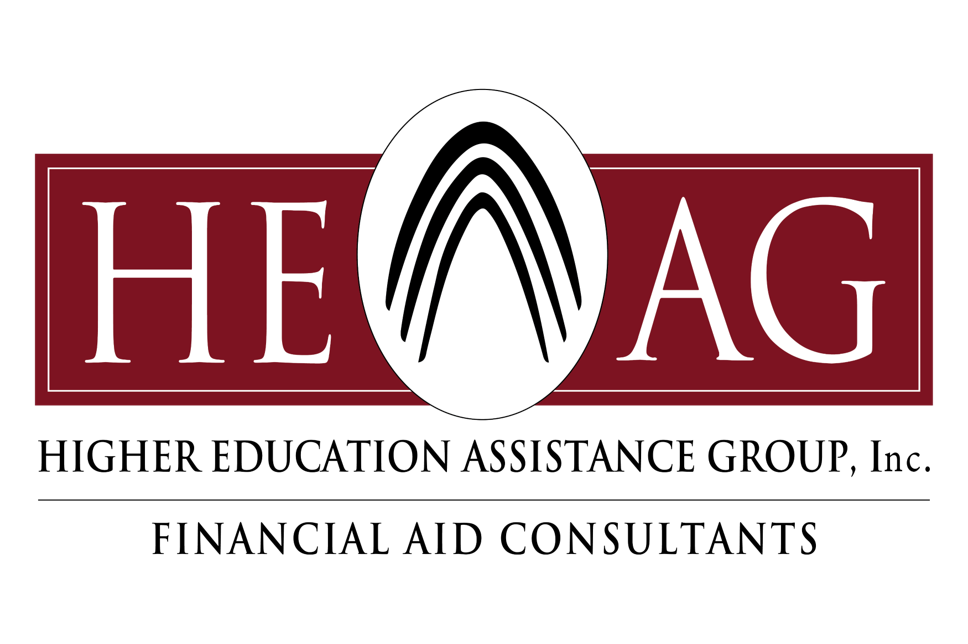Although it was created more than 10 years ago as part of the College Cost Reduction and Access Act of 2007, the Public Service Loan Forgiveness program is still a mystery to many college administrators. So, it is no surprise that borrowers don’t quite get it either. It also explains why when the first borrowers became eligible to apply for 
Qualifying Payment: a payment of the monthly amount billed made on an eligible loan as part of an income-driven repayment plan received no later then 15 days after the due date while employed full-time by an eligible employer(s). Payments made on any other payment plan, while not eligibly employed or when the borrower is not in repayment status (i.e. during enrollment, grace period, etc.) do not count. A monthly bill for $0 resulting from an income-driven repayment plan counts as a qualifying payment.
Eligible Loans: a loan in the federal direct loan program. Payments made on FFEL or Perkins loans do not count toward the 120 qualifying payments; however, borrowers can consolidate these loan types in the direct loan program in order to make qualifying payments. Private loans are never eligible.
Working Full-Time: the employer’s definition of full-time employment or at least 30 hours per week. The latter covers borrowers that have multiple part-time positions with eligible employers.
Eligible Employer: a government organization at any level; a non-profit entity exempt from taxes under section 501(c) (3) of the IRS; other types of non-profits that are not tax exempt if their primary purpose is to provide qualifying public service. Further, the employer is the entity issuing the paycheck. So, a person could sit at a desk in the office of one of the eligible employers listed above, but actually work for (and get paid by) a for-profit contractor, which is not an eligible employer.
Clear as mud? Now imagine you spent ten years making what you thought were qualifying payments only to find one piece of the puzzle didn’t fit. Luckily, a short-term program called the Temporary Expanded Public Service Loan Forgiveness Opportunity was put into place about 10 months ago that would enable borrowers who did not make all payments under a qualifying repayment program (an income-driven plan) to receive forgiveness if they were initially denied. All the other puzzle pieces must be in place to be eligible and once the money runs out no new borrowers will be eligible.
A bill introduced in April by Senators Kirsten Gillibrand and Tim Caine includes proposals to allow partial loan forgiveness after 60 payment (5 years) and include payments on loans other than Direct Loans. You can access the bill here.

